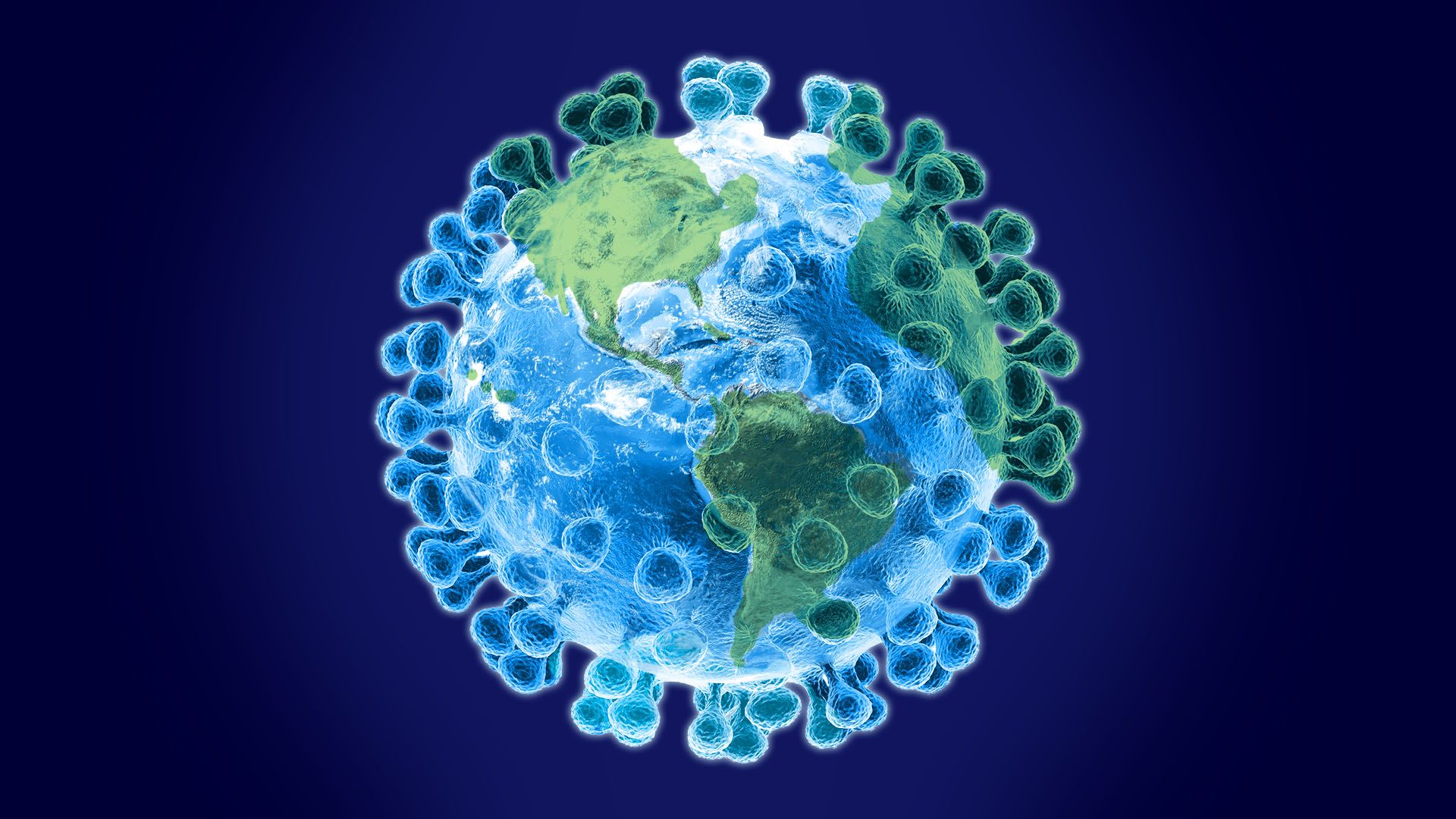

Climate change is also expanding the area at risk from wildfires. More frequent and severe droughts will increase the length and severity of the wildfire season, particularly in the Mediterranean region. With a global average temperature increase of 3☌, it is projected that droughts would happen twice as often and absolute annual losses from droughts in Europe would increase to EUR 40 billion per year, with the most severe impacts in the Mediterranean and Atlantic regions. Extreme droughts are becoming more common in Europe, and the damage they cause is also growing. In Europe, most of the roughly EUR 9 billion annual losses caused by drought affect agriculture, the energy sector and the public water supply. They reduce water levels in rivers and ground water, stunt tree and crop growth, increase pest attacks and fuel wildfires. It differs from water scarcity, which is the structural year-round lack of fresh water resulting from the over-consumption of water.ĭroughts often have knock-on effects, for example on transport infrastructure, agriculture, forestry, water and biodiversity. A drought is an unusual and temporary deficit in water availability caused by the combination of lack of precipitation and more evaporation (due to high temperatures). However, global warming affects the predictability of events and therefore our capacity to respond effectively.ĭue to the changing climate, many European regions are already facing more frequent, severe, and longer lasting droughts. Low-temperature extremes (cold spells, frosty days) could become less frequent in Europe. Higher temperatures increase the evaporation of water, which – together with the lack of precipitation – increases the risks of severe droughts. Meanwhile, the yields and viability of agriculture and livestock, or the capacity of ecosystems to provide important services and goods (such as the supply of clean water or cool and clean air) could be diminished. This could in turn lead to increased numbers of pests and invasive species, and a higher incidence of certain human diseases. Temperature rises are also likely to influence phenology – the behaviour and lifecycles of animal and plant species. These changes are altering the distribution and abundance of many plant and animal species, which are already under pressure from habitat loss and pollution. Higher temperatures are also expected to cause a shift in the geographical distribution of climate zones. The most vulnerable members of the population, such as the elderly and infants, will be most severely affected. Higher temperatures can cause increased mortality, reduced productivity and damage to infrastructure. The climate crisis has increased the average global temperature and is leading to more frequent high-temperature extremes, such as heatwaves.


 0 kommentar(er)
0 kommentar(er)
